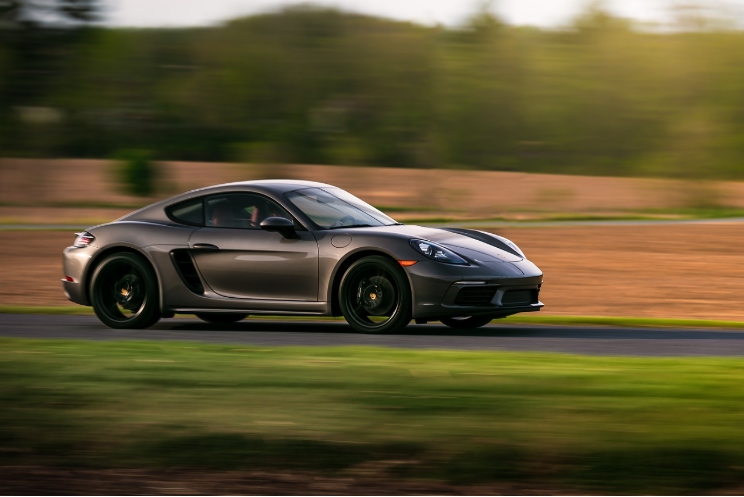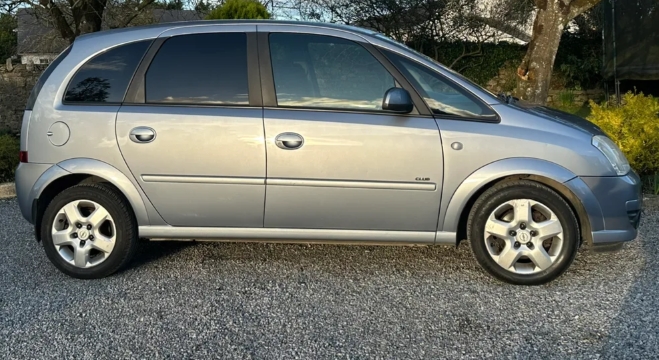The Evolution of the Renault Scala
The Renault Scala stands as a notable chapter in Renault’s global lineup, especially within the Indian automotive market where it was primarily marketed. Launched as a compact sedan designed to offer affordability, efficiency, and practicality, the Scala underwent several transformations from its inception to its discontinuation. This article traces the evolution of the Renault Scala, detailing its production years, model variants, and trim levels.
Origins and Introduction (2012)
Renault introduced the Scala in India in 2012 as a compact sedan based on the Nissan Sunny platform, leveraging the alliance between Renault and Nissan. The Scala was positioned as an affordable, fuel-efficient sedan aimed at young professionals and small families seeking a reliable daily driver.
The Scala’s development was driven by Renault’s strategy to expand its presence in the competitive Indian market by offering a budget-friendly sedan with modern features. Its design reflected a typical contemporary sedan aesthetic, with a focus on practicality rather than luxury or sporty appeal.
Production Timeline
- Start of Production: 2012
- Discontinuation: 2017
The Renault Scala was manufactured at Renault’s manufacturing plant in Chennai, India. During its five-year production span, the Scala was primarily targeted at the Indian domestic market, though some units were exported to neighboring countries.
Model Variants and Trim Levels
Throughout its lifecycle, the Renault Scala was offered in multiple variants, primarily distinguished by features, engine options, and equipment levels. The trims evolved over the years to include more features and better value propositions, aligning with market trends and consumer preferences.
2012-2014: Launch and Initial Models
At launch, the Scala was available in two primary variants:
- RXE (Base Variant):
- Engine: 1.5-liter K9K diesel engine (68 PS)
- Transmission: 5-speed manual
- Features: Basic safety (dual airbags, ABS), manual air conditioning, power steering, front power windows, basic audio system
- Target Audience: Budget-conscious buyers
- EX (Mid-Level Variant):
- Same engine and transmission
- Additional features: Central locking, upgraded audio system, electrically adjustable ORVMs, rear parking sensors, alloy wheels
- RXE (Petrol Version):
- Engine: 1.6-liter SCe petrol engine (105 PS)
- Manual transmission
- Features similar to diesel RXE
- EX (Petrol Version):
- Same petrol engine
- Additional comfort and convenience features
2014-2016: Mid-Cycle Updates and Additional Trims
In 2014, Renault introduced minor updates to the Scala lineup, primarily focusing on feature enhancements and safety.
- New Variants:
- RXL (Optional): Added features like Bluetooth audio, steering-mounted controls, and body-colored door handles.
- Vibe (Limited Edition): Featured cosmetic upgrades, new wheel covers, and interior enhancements.
- Feature Additions:
- Improved audio systems with Bluetooth connectivity
- Rear parking sensors became standard on higher trims
- Enhanced interior materials for better comfort
- Engine Options:
- Remained consistent; no significant changes in powertrains during this period.
2016-2017: Final Years and Discontinuation
In its final phase, Renault focused on consolidating the Scala lineup, emphasizing value and safety features.
- Variants:
- RXT: Top-spec trim, added features like tachometer, improved interior trims, and additional safety features.
- RXZ: Occasionally offered in select markets, with premium features including a touchscreen infotainment system, steering-mounted controls, and alloy wheels.
- Features:
- Dual front airbags, ABS with EBD remained standard
- Rear defogger, split-folding rear seats added for practicality
- Some variants included reverse parking sensors or cameras
Engine and Performance
Throughout its production, the Renault Scala was appreciated for its fuel efficiency and reliability.
- Diesel Engine:
- 1.5-liter K9K engine producing 68 PS (50 kW)
- Known for good fuel economy (~23 km/l under standard conditions)
- 5-speed manual transmission was standard; a 4-speed automatic was available in select trims
- Petrol Engine:
- 1.6-liter SCe engine delivering 105 PS (77 kW)
- Slightly less fuel-efficient but offered more spirited performance
- Paired with a 5-speed manual transmission; some variants offered a 4-speed automatic
Design and Features
The Scala’s design was characterized by its clean lines and functional aesthetics. Inside, the cabin offered decent comfort for the segment, with features evolving over the years:
- Initial Models: Basic interiors with manual air conditioning, fabric seats, and a simple audio system.
- Mid-Lifecycle Models: Introduction of Bluetooth connectivity, steering-mounted controls, and improved infotainment options.
- Final Models: Inclusion of features like power windows, split-folding rear seats, and optional touchscreen infotainment systems.
Market Position and Competition
The Renault Scala faced stiff competition from other compact sedans such as the Honda Amaze, Maruti Suzuki Dzire, Tata Zest, and Hyundai Xcent. Its affordability, fuel efficiency, and Renault’s brand value made it a popular choice among budget-conscious consumers.
However, the Scala’s relatively basic features in comparison to some rivals, along with the increasing popularity of compact SUVs, contributed to its declining sales, leading to its discontinuation in 2017.
.
MANY auto lovers not only spend time in their garages to tinker on their autos, but have other projects going on in there as well. Wood working is a popular pastime for the creative type of individual. Not sure what to make next? Or thinking about getting into this kind of hobby? There’s lots of possibilities… Here’s some of them…

.
Discontinuation and Legacy
Renault officially ceased production of the Scala in 2017, replaced by newer models like the Renault Logan (which continued in some markets) and the Renault Kwid, which targeted the entry-level segment with a crossover appeal.
Despite its relatively short production span, the Scala’s role in Renault’s Indian strategy was significant, helping to establish the brand’s presence in the compact sedan market. It also served as a stepping stone for Renault’s subsequent models, which increasingly incorporated modern features and design elements.
Summary of Key Specifications
| Year | Model Variants | Engine Options | Transmission | Notable Features |
|---|---|---|---|---|
| 2012-2014 | RXE, EX | 1.5L Diesel, 1.6L Petrol | 5MT / 4AT | Dual airbags, ABS, manual AC, basic infotainment |
| 2014-2016 | RXL, Vibe | Same as above, with added features | 5MT / 4AT | Bluetooth, parking sensors, cosmetic upgrades |
| 2016-2017 | RXT, RXZ | Same engine options | 5MT / 4AT | Touchscreen infotainment, alloy wheels, safety features |
Final Thoughts
The Renault Scala’s evolution reflects the brand’s adaptive approach in a competitive segment. From its launch in 2012 to its discontinuation in 2017, the Scala underwent incremental updates, gradually enhancing comfort, safety, and convenience features to meet evolving customer expectations.
While it may not have achieved the iconic status of some of its rivals, the Scala played a critical role for Renault in establishing a foothold in the Indian subcompact sedan market. Its legacy lies in its contribution to Renault’s growth and the lessons learned that have influenced subsequent models.







